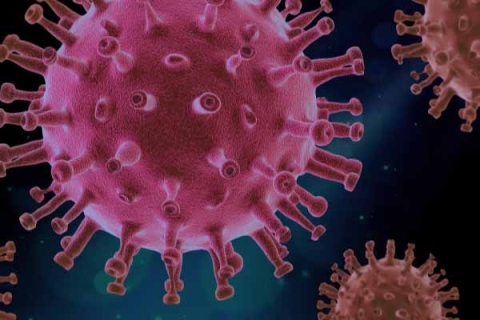

Charlie Reilly reviews Henton’s second book
4 min read
Caroline Henton has produced a fantastic and inspirational book for children and young adults who may have had difficulty coping and/or understanding the Covid lockdown which gripped the world in 2020/21.
It's her second children’s book, following on from Little Creatures, a delightful WWII animal story set in northern France. Caroline Henton, Pandemic Pete (London: Olympia Publishers, 2021), pp. 37.
Animals and Humans: coming together
In Pandemic Pete, as coronavirus kicked in, the Animals in Nature show their affection for the plight of their human friends, whilst also highlighting the historic connections between them in times gone by, referencing birds that were made famous for their war time efforts and reflecting on those who influenced songwriters and inspirational singers.
Charlie the Crow caws, “Us creatures live in the now but humans are designed to think about and plan the future” (p.19). Charlie reflects on why the humans around Pete and the others are so sad, why they are staying in and watching the news, and becoming more disconnected from their natural surroundings and the little things that had previously made them happy. This encapsulates the manner in which we, as a society, for those first few days and weeks, felt dumbfounded and confused by the news of such a fast-spreading disease. This Dis-Ease, in turn, led to difficulties in adjusting to the new norms of staying in, protecting ourselves and our loved ones, and not being able to attend work, school, and social events. Henton has kept it simple in her analogy but is correct to highlight that humans were at a loss because we had forfeited much of our autonomy to make our own plans and decisions, and were forced into living in the “now” day by day – not something we are at all used to.
Emerging from our cocoons
However, it was not long before we humans began to emerge from our cocoons and reintegrate into and with nature, many of us making new environmental connections that they may not have had for several years. Now that the restrictions of the pandemic have eased many continue into new healthy habits. Henton appears to have intended for readers to adopt these new healthy habits, and this might be seen as a contagious virus, in a positive way, like the park keeper (on page 28) who was able to affect Pete’s mood by his own. When the park keeper shows happiness, Pete ‘caught’ that happy feeling from him, a different kind of virus!
My favourite part of the story was Pete’s thoughts on him being a ‘sign’ to the humans. It made me smile when we are made privy to Pete’s naivete, despite his obvious intelligence: “Pete didn’t know why [people] called him a sign, but if it means he got his photo taken and he might become famous he didn’t mind” (p.9). Pete did not understand that the ‘sign’ referred to was popularly that of good luck, happiness or rebirth – but it made him happy to be seen as a ‘sign’: ironically he became that agent of happiness to the humans throughout the story, which kept me smiling throughout.
Positive reviews
I work with many young adults with learning difficulties, promoting their wellbeing through creativity, as well as running a children’s entertainment business. Both audiences have enjoyed this story, and agree that in the years to come this book will be great for helping to explain some of what we went through throughout the pandemic, and reflecting that the story gave a positive spin on the lockdown and explained how many of us returned to pleasing habits of mindfulness!
Happy reading!
Charlie Reilly graduated from the University of Portsmouth with an English Literature degree in 2014, and is remembered with great fondness by staff here. Her multi-award winning business, the Reilly Enterprise, is a credit to her energy, determination, and kindness.
